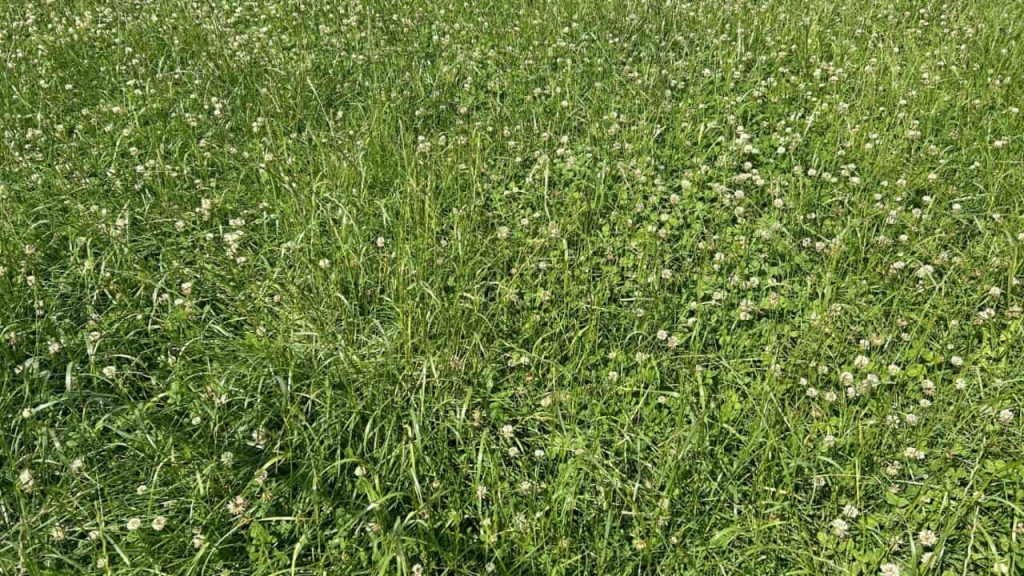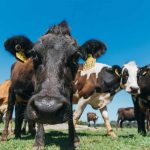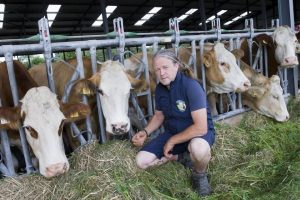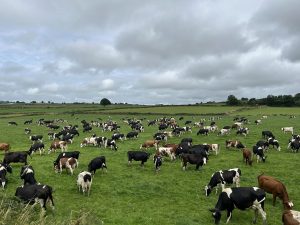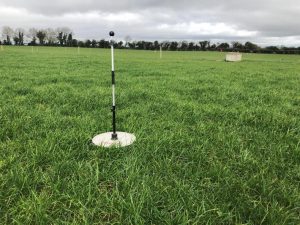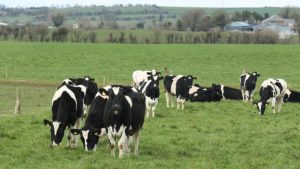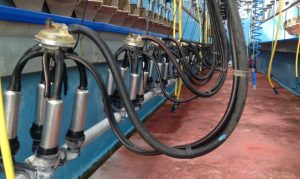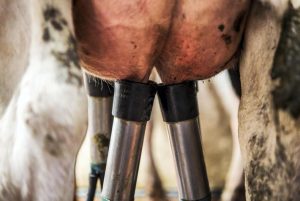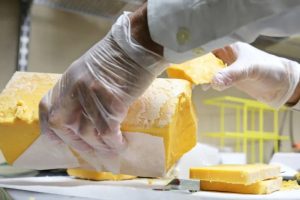
Clover has been a major focus on most farms for the last number of years, with a particular focus placed on getting clover into swards on farms.
But once it has been included in the sward the work is unfortunately not over, with good management practices needed in order for plant to survive.
Dairy farms are now in the process of closing paddocks and attention needs to placed on protecting swards that contain clover.
This has been made a little more challenging due to recent weather conditions, which has forced many to house cows.
Clover
Clover has come back into focus on farms in the last couple of years. Before, it had been noted for increasing milk solids production is cows, but now it is noted for the environmental benefits it offers.
This not only has an economic benefit, but also an environmental benefit, in that a farmer can reduced the amount of chemical fertiliser being used on their farm.
But clover is tricky to manage and extra management is need to ensure that the plant remains in the sward for a sustained period of time.
It is important that the paddock containing clover isn’t excessively damaged, as this would be detrimental to the plant.
These paddocks will also need to grazed off before they are closed for the winter months, as carrying a cover that is too heavy will also see the amount of clover in it decline. This is because the plant needs light, and if the grass grows too high, the clover can be shaded out and will likely die out.
Focus
For those that haven’t started establishing clover or are looking to increase the amount present on their farm, grass-only swards should be a focus for clover inclusion as it will be difficult to get the entire farm in clover at this stage.
The next couple of months are a good time to start identifying paddocks that would be suitable for establishment next spring.
These paddocks will need a low, or no weed burden and have good soil fertility too.
The advice is to start with a small area as management is vital during the establishment period. These paddocks have to be grazed once they reach a certain cover so only a small area is advised.
This is because it is difficult to give preferential treatment to large areas of the farm.
